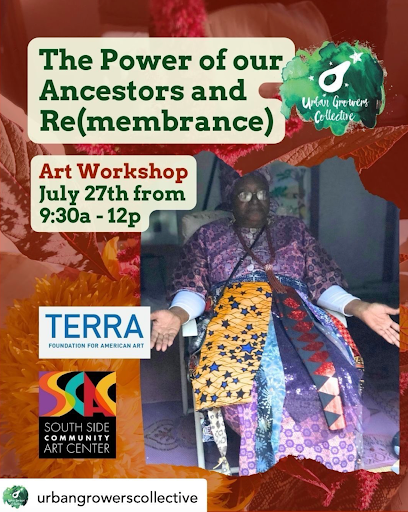
A BLACK ARTIST RECEPTION AT 3831
A day celebrating Black artists and your hard work throughout the year! We'll also be joined by artist Cory Perry for a special performance. The South Side Community Art Center has hosted innovative, ground-breaking, and forward exhibitions and programs throughout 2023, which would not have been possible without the array of Black ingenuity and […]












